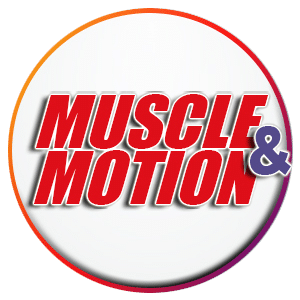The challenges of the Pistol Squat and how to deal with them
The pistol squat is a unique and intricate exercise, distinguished from the ingle-leg squat by its demands on strength, ankle mobility, and hamstring flexibility. This Muscle and Motion article delves into the proper technique for performing a pistol squat, provides an anatomical analysis of the exercise, explores the biomechanical complexities that challenge many individuals, and offers practical solutions to overcome these obstacles.
Mastering the Pistol Squat technique
To execute the Pistol Squat correctly, follow these steps:
- Begin by standing with your feet shoulder-width apart and shift your weight onto one leg
- Raise your other leg straight up into the air while extending your hands forward for balance
- Shift your weight toward your heel, flex your knee and hip as you go into a single-leg deep squat position
- At the same time, actively extend the raised leg in front of you
- Push through your heel to return to a standing position
Anatomical analysis
The muscles that are engaged in a pistol squat are almost similar to those engage in traditional squats with the additional support of the stabilizing muscles.
- The Quadriceps extend the knee
- The gluteus maximus extends the hip, assisted by the hamstrings and hip adductors
- The gastrocnemius and soleus plantar flex the ankle
- The gluteus medius, gluteus minimus, and the core muscles stabilize the body when standing on one leg
Overcoming challenges
As we delve into the heart of our journey to master the pistol squat, we encounter formidable challenges that stand between us and the execution of this demanding exercise. Armed with knowledge and strategies, we’ll address these obstacles, aiming for mastery through dedication and persistent effort.
1. Inadequate hamstring flexibility
To maintain the raised leg and execute the pistol squat, substantial hamstring flexibility and ankle mobility are crucial. If you or your trainee lack these prerequisites, consider the following options:
- Stretching the hamstring to increase flexibility in different positions such as lying on the back, leaning on the feet and the hands, and sitting.
- Perform pistol squats on an elevated surface, eliminating the need to lift the inactive leg excessively, and mitigating hamstring tightness issues.
2. Limited ankle mobility:
Inadequate ankle dorsiflexion restricts the body’s center of gravity from extending beyond the foot, leading to backward instability. Solutions include:
- Enhance ankle mobility by performing pistol squats barefoot, shifting your center of mass forward by leaning your head, trunk, or arms forward.
- Using a temporary heel elevation.
- Incorporating ankle mobility exercises.
- Repeatedly performing squats to gradually increase ankle range of motion.
In conclusion, the path to mastering the Pistol Squat is a testament to dedication and knowledge.
In conclusion, the path to mastering the pistol squat is a testament to dedication and knowledge. As we conclude our exploration of this complex exercise, remember that every challenge is an opportunity for growth. By consistently applying the techniques and insights discussed, you’re well on your way to achieving the pistol squat with finesse. Keep training wisely, stay committed, and embrace the transformation this journey offers.
Incorporating the Strength Training App into your fitness journey will take your workouts to the next level.
Download now from any device and sign up for free to try and experience the effectiveness of training smarter and better!
At Muscle and Motion, we believe that knowledge is power, and understanding the ‘why’ behind any exercise is essential for your long-term success.
Let the Strength Training App help you achieve your goals! Sign up for free.


